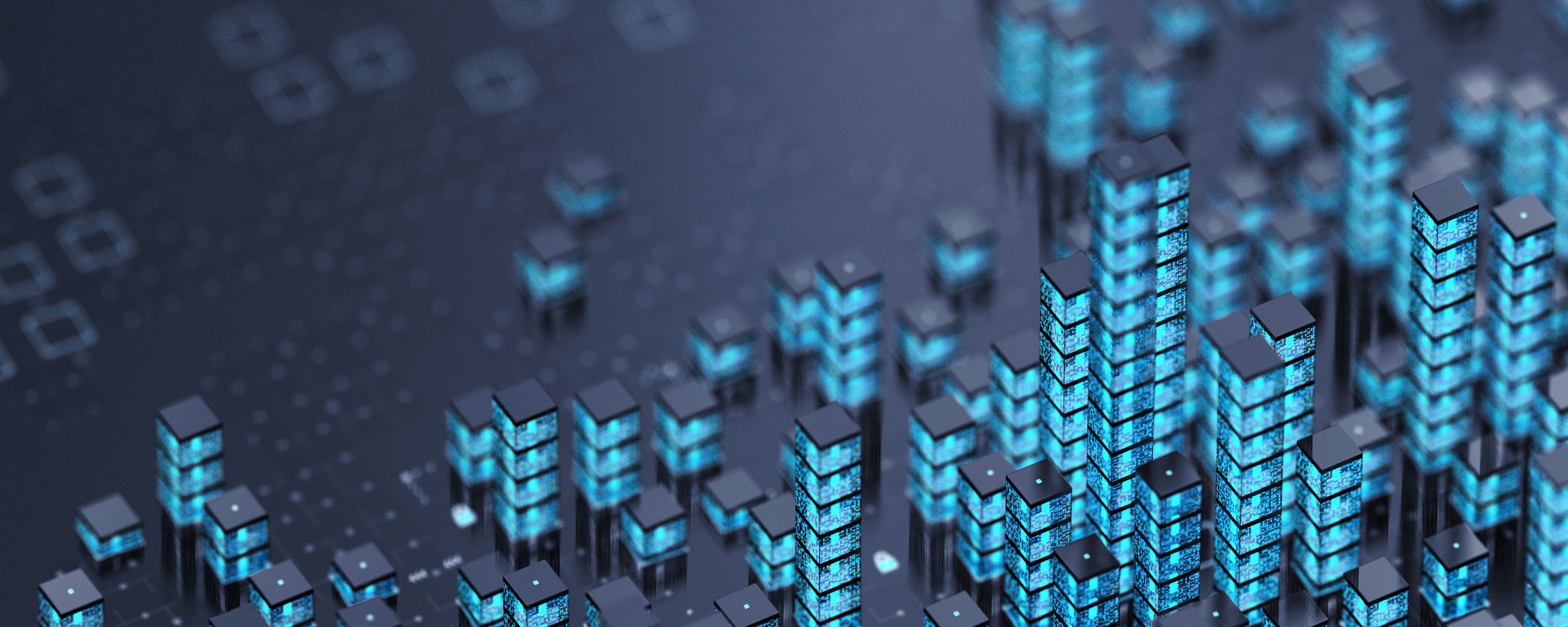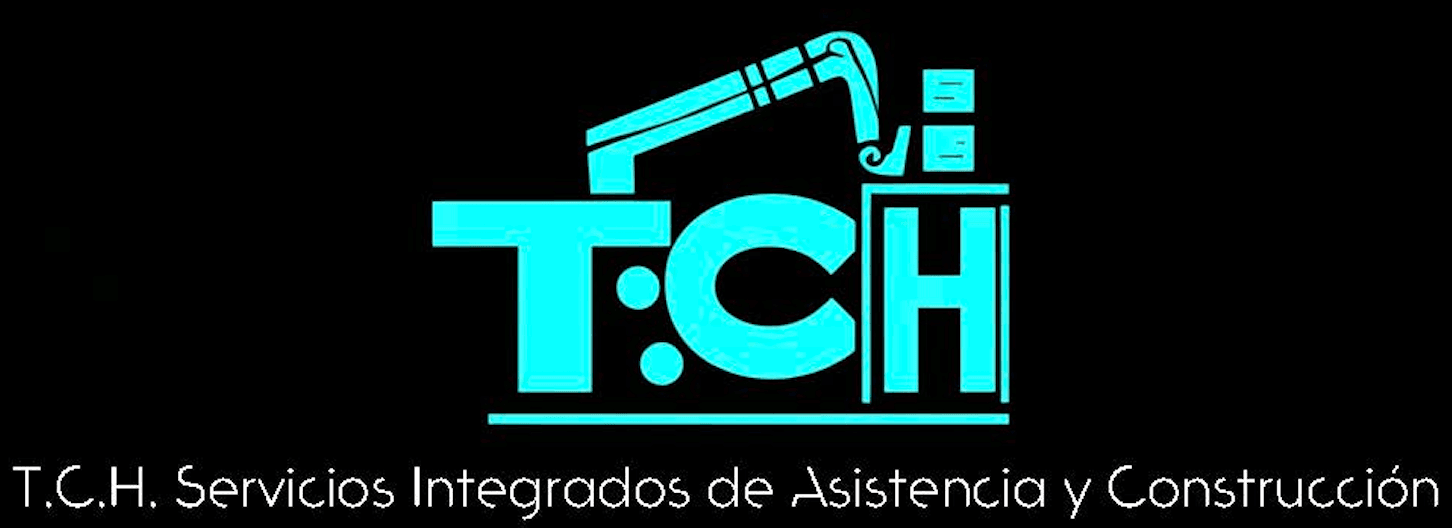Current Architectural Design Trends: Innovating in Mexico City
Embracing Sustainable Design
Mexico City is at the forefront of sustainable architectural design, blending environmental consciousness with urban development. Architects are increasingly focusing on using eco-friendly materials and energy-efficient technologies. By incorporating green roofs, solar panels, and rainwater harvesting systems, these designs aim to reduce the city's carbon footprint.

The use of locally sourced materials is another trend gaining traction. This approach not only minimizes transportation emissions but also supports local economies. Bamboo, adobe, and recycled metals are becoming popular choices for modern structures.
Integration of Nature
Incorporating natural elements into architectural designs is another significant trend in Mexico City. Architects are creating spaces that seamlessly blend indoor and outdoor environments. Large windows, open-air courtyards, and vertical gardens are common features in new developments.
This integration of nature not only enhances aesthetic appeal but also promotes mental well-being and improves air quality. The city's commitment to preserving green spaces is evident in these innovative designs.

Revitalizing Historical Architecture
Preserving the rich history of Mexico City while embracing modernity is a delicate balance. Architects are using cutting-edge technology to restore and revitalize historical buildings. This includes reinforcing structures to withstand earthquakes and updating interiors with contemporary amenities.
These renovations respect the original design while making the buildings functional for modern use. The fusion of old and new creates a unique architectural landscape that pays homage to the city's heritage.

Adaptive Reuse of Spaces
Adaptive reuse is transforming underutilized spaces into vibrant areas that meet current needs. Old factories and warehouses are being converted into residential lofts, art galleries, and commercial spaces. This trend not only preserves historical structures but also breathes new life into forgotten areas.
By repurposing existing buildings, architects are minimizing waste and reducing the need for new construction. This sustainable approach is part of a broader effort to create a more resilient urban environment.
Technological Innovation in Design
Technology is playing a critical role in shaping the future of architecture in Mexico City. From 3D printing to virtual reality, architects are utilizing advanced tools to design and construct innovative structures. These technologies allow for more precise planning and efficient execution.
Smart building systems are also becoming more prevalent, offering enhanced energy management and improved security. These innovations are making buildings more responsive to the needs of their occupants and the environment.

Community-Centric Development
Modern architectural design in Mexico City is increasingly community-focused. Architects are designing spaces that foster social interaction and community engagement. Public parks, communal gardens, and pedestrian-friendly areas are integral to new developments.
This approach emphasizes inclusivity and accessibility, ensuring that spaces are welcoming and functional for all residents. By prioritizing community well-being, these designs contribute to a more vibrant and cohesive urban landscape.
